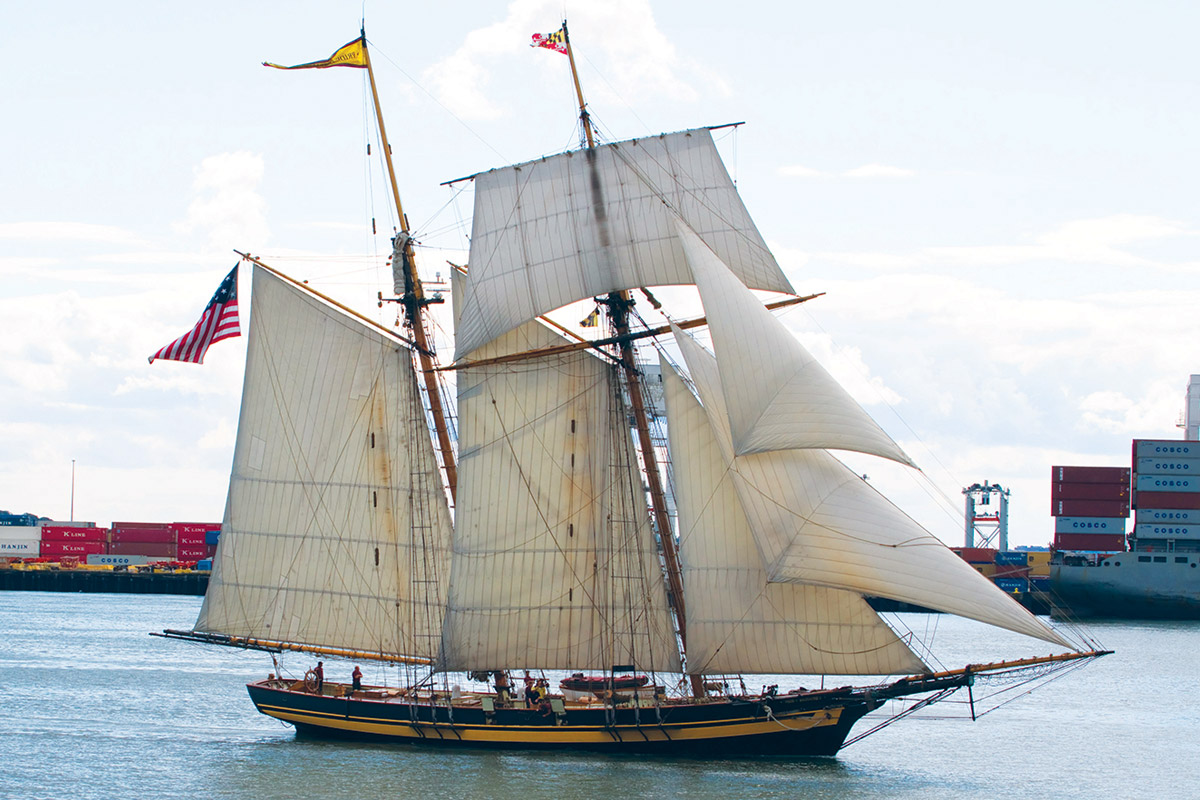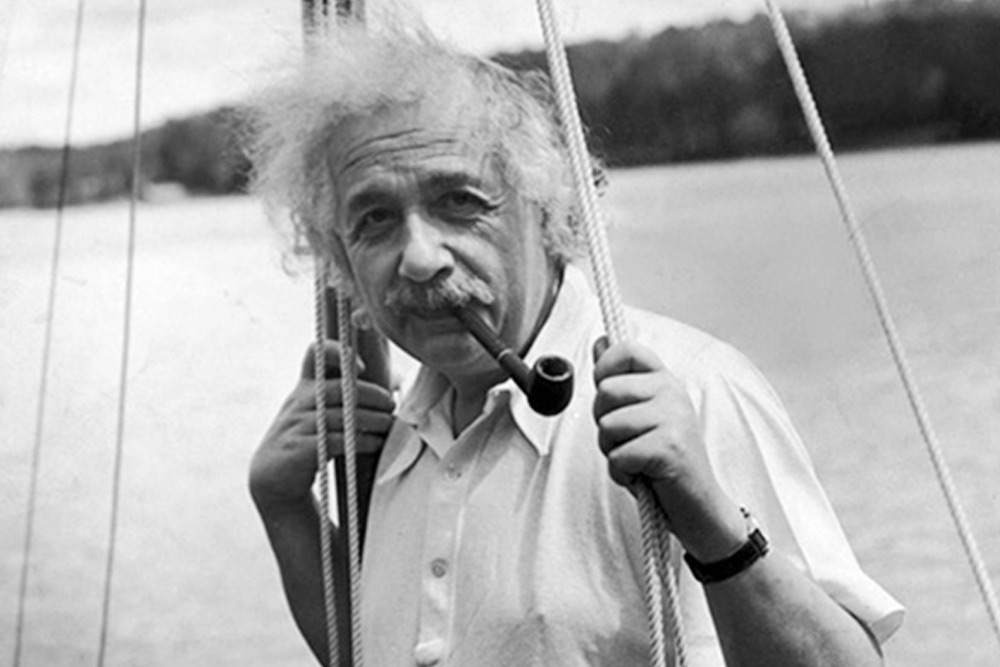
VESSELS
Replicas vs. Historic Ships

Mayflower II was built in 1957 as a replica of the original ship that carried the Pilgrims to the New World in 1620. CREDIT: Plimoth Plantation.
The Mayflower II that Krit Singh is working on is not the original ship that brought the Pilgrims to Massachusetts in 1620. The original Mayflower was last heard of in the historical record in May of 1624, when its owners had the ship appraised back in England. The ship was inspected and deemed to be “in ruinis,” Latin for being in pretty rough shape. We can assume the ship was scrapped. The Mayflower II in these photos was built in the 1950s as a replica vessel so that people could see first-hand what the ship looked like, go down below and see how crowded it would have been carrying more than 100 people across the Atlantic, and, for a lucky few, get to set sail and feel what it was like to sail in such a vessel.
Reading about sailing ships in books is one thing, hauling on lines to raise sails, heaving in the anchor, learning to walk across a pitching deck is another. People build replicas of historic ships for a number of reasons, but usually it is because that type of vessel no longer exists and, without a full-size ship to explore, understanding what it was like is hard to do. Not all ships you see at tall ship festivals are replicas—some are the real deal, others are somewhere in between, depending on how much they have been repaired and rebuilt.
How can you tell the difference between a historic ship and a replica? In many cases, you can’t tell just by looking at it—you’ll have to ask the crew. How close do replica ships represent the originals? That depends on the individual ship as well. Some replica vessels are built from the same plans (blueprints) as the originals, and will closely match the ships from history, although modern safety and environmental regulations require some modifications, especially for vessels that take people out sailing. With a few exceptions, we don’t have the original plans of specific ships from history that sailed centuries ago, so they are designed to closely match ships of that era engaged in the same sort of activities—exploration, military, fishing, or trading vessels. Researchers use ships’ log books and sailors’ journals to fill in the gaps. Sometimes shipwrecks of vessels from the same time period can reveal details on size, materials used, cargoes carried, and shipbuilding techniques. Contemporary paintings and drawings can help, too.

The 212-foot Star of India is the real deal. She was built in 1863 to carry cargo. This historic ship has sailed around the world 21 times! Today, she is a museum ship in San Diego. CREDIT: Maritime Museum of San Diego.
Some vessels you might see sailing into port are neither replicas nor historic ships, even though they might look like ships from a bygone era. These vessels are not based on a specific ship, but are inspired by a type of ship that was common to a time and place. We refer to these as a re-creation or reproduction of that historic ship type.
While historic ships have obvious value as artifacts from our past, replica and re-created vessels allow us to experience ships that do not exist anymore or might be too delicate to sail without making major repairs or modifications. Want to see one for yourself? Visit a maritime museum that has ships and boats in its collection, or sign up for a daysail or multi-day sailing program with one of the many ships and organizations through Tall Ships America. You can even do a high school- or college-level full semester at sea. Find a maritime museum near you through the Council of American Maritime Museums at www.councilofamericanmaritimemuseums.org. Look up sailing programs aboard tall ships through the Tall Ships America website at www.sailtraining.org.
FEATURED PHOTO: Pride of Baltimore II was built in 1988. She is not a replica of any specific vessel in history, but rather a re-creation (or reproduction) of a type of schooner that was important to the history of the Chesapeake Bay. CREDIT: Tony Hisgett cc by sa 2.0.
Did You Know?

Albert Einstein loved to sail and he sailed his whole life.
Renowned as one of the greatest mathematicians and physicists of all time, by most accounts Einstein was also a terrible sailor! Making a boat go in a particular direction is a very interesting bit of science, so you wouldn’t think he would have had any trouble with it—but you’d be wrong.
What’s the secret to sailing any place you want to go, no matter which way the wind is blowing?
















